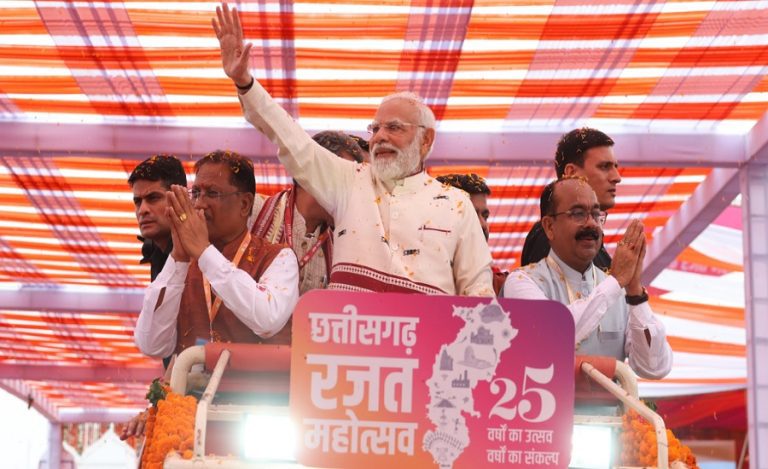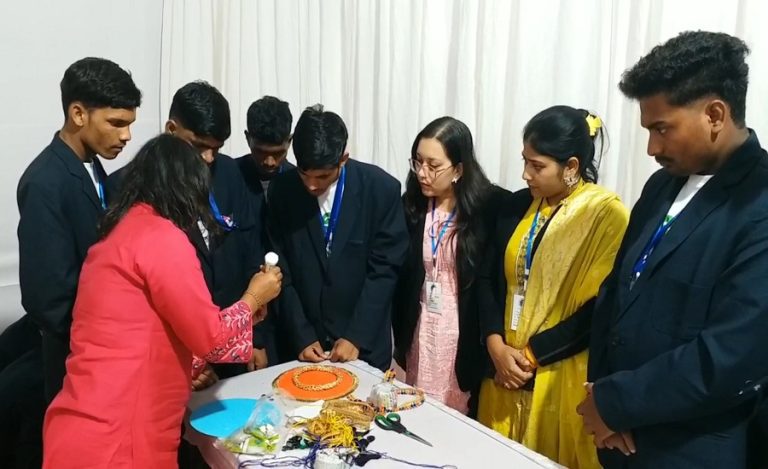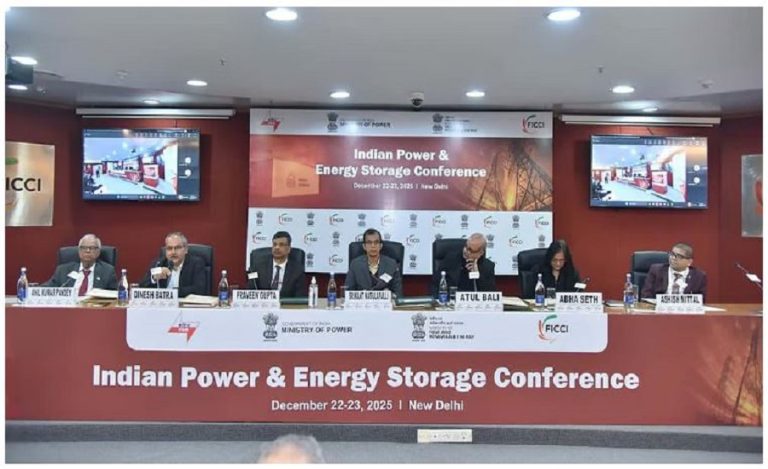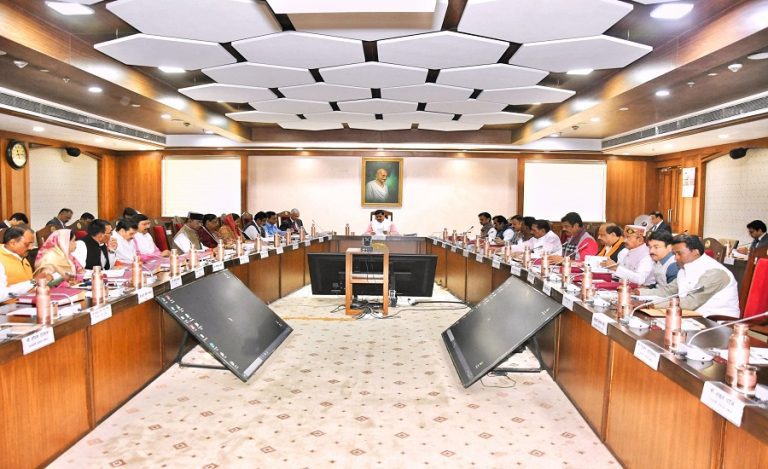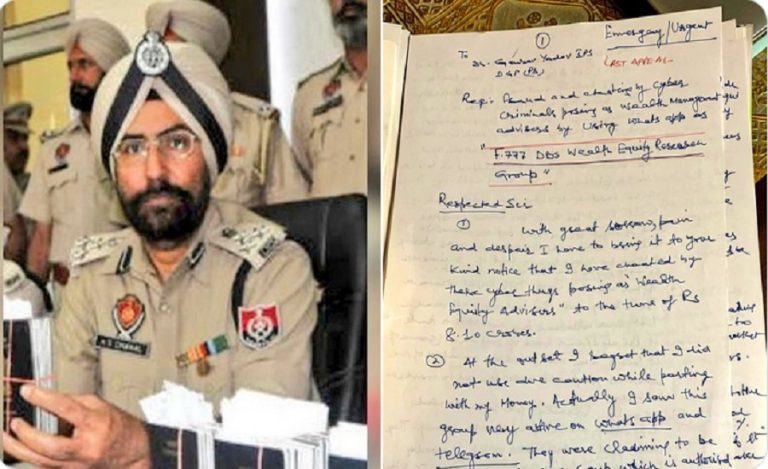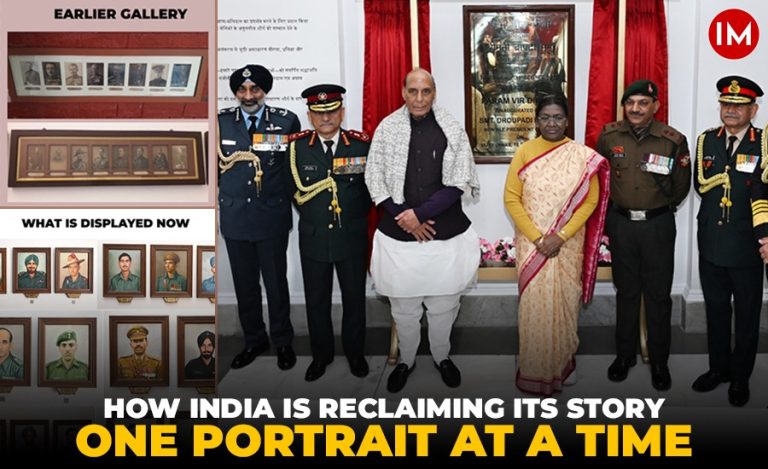New Delhi: In a significant move to bolster India’s defence‐electronics capabilities and advance platform stealth and integration, the Technology Development Fund (TDF) of DRDO has initiated a new “shared‐aperture” phased array antenna project under a priority Request for Information (RFI).
With an emphasis on multi-functionality (radar + electronic warfare + communications) and reduced radar cross‐section (RCS), this project signals a leap forward in how sensor-antenna systems are designed for modern platforms.
Background of Shared Aperture Antenna Project
Traditionally, defence platforms (aircraft, naval vessels, unmanned systems) carry separate antenna arrays for radar surveillance, EW, and communication links. This leads to structural clutter, higher interference, elevated RCS and maintenance complexity.
The shared aperture concept aims to consolidate these multiple functions into a single mechanically contiguous radiating surface — enabling reduced footprint, improved electromagnetic compatibility and stealthier profiles. The TDF document specifies two Design Verification Modules (DVMs) spanning 1–6 GHz and 5–18 GHz, covering radar + comms + EW roles.
Notably, this effort aligns with India’s broader push for defence indigenisation and self-reliance—captured in the TDF scheme, which already supports startups/MSMEs with grants up to ₹50 Cr.
Importance of Shared Aperture Antenna Project
- Platform stealth & RCS reduction: By integrating radar, EW and communications into one aperture, the physical protrusions and discrete antenna surfaces that increase RCS are minimised. This is critical for stealth UAVs, advanced fighters and naval vessels.
- Operational integration & multi-role agility: A unified aperture enables simultaneous radar scanning, jamming and data link transmissions through coherent beam-forming, enhancing situational awareness and response flexibility.
- Reduced footprint & weight: Consolidation of subsystems leads to reduced cabling, connectors and structural volume—beneficial for compact platforms or those with space-/weight-constraints.
- Indigenisation & self-reliance: Developing this high performance, wide‐band capability domestically reduces dependence on imports for critical sensor/antenna subsystems. This supports India’s “Aatmanirbhar Bharat” doctrine.
- Network-centric warfare readiness: With capability to operate across bands (1-6 GHz & 5-18 GHz) and multiple functions, the technology supports next-gen sensor networks, ballistic missile defence (BMD) tracking, AEW&C platforms, high-endurance unmanned vehicles and maritime surveillance.
Key Challenges to Watch
- Ultra-wideband performance in compact modules: Achieving 1–6 GHz and 5–18 GHz operation with high sensitivity and linear gain throughout the band, while preserving beam-forming integrity, is technically demanding.
- Mutual functional degradation risk: Combining radar/EW/comm in one aperture poses risk of cross-coupling, interference and performance trade-offs among sub-systems.
- Metamaterial / FSS radome realisation: Development of radomes using metamaterials or frequency selective surfaces (FSS) that allow wideband radiation while suppressing unwanted leakage is complex and high‐cost.
- Calibration & coherent beam-forming: Managing real-time calibration, signal coherence, phase stability across bands and functions is a key technical hurdle.
- Integration on platforms: Adapting this shared aperture architecture to diverse platforms—fighter jets, UAVs, naval ships—requires platform-specific structural, thermal and electromagnetic adaptation.
- Industrial ecosystem readiness: Ensuring domestic suppliers, MSMEs, start-ups and labs can deliver TRMs, wide‐band antenna structures, advanced radomes and signal processing modules in time and at scale. The TDF scheme supports this but overcoming supply chain and manufacturing constraints remains a task.
Implications of Shared Aperture Antenna Project
- For Indian defence capabilities: Once successfully deployed, Indian platforms will gain cutting-edge reduced‐signature sensors and communications, improving survivability and lethality in contested environments.
- For export potential: Indigenous wide-band shared aperture antennas open avenues for export to friendly nations, enhancing India’s defence industrial profile.
- For global technology parity: The move places Indian defence electronics closer to global benchmarks in multifunctional aperture technologies essential for network-centric warfare.
- For future platform design: Design of future UAVs, ships, AEW&C and BMD systems can leverage this architecture to reduce radar/antenna clutter, simplify integration and reduce cost of ownership.
- For platform-architecture shift: A shift away from discrete antenna arrays to unified surfaces changes how platform designers account for electromagnetic, mechanical and thermal integration.
Way Forward
- Industry collaboration & prototyping: TDF will issue RFIs and support entities to submit proposals for the design verification modules (DVMs). Interested firms, MSMEs and labs should gear up with capabilities in wideband TRMs, metamaterials, beam-forming and integration.
- Accelerated testing & evaluation: Rapid prototype development, verification across 1-6 GHz and 5-18 GHz bands, environmental testing for platforms (air, naval, UAV) and stealth signature assessment will be pivotal.
- Platform integration planning: Parallel to antenna development, platform integrators (aircraft, UAVs, ships) must plan for mechanical, thermal, EMC/EMI aspects of the new aperture.
- Supply chain strengthening: Encourage start-ups/MSMEs under the TDF scheme to develop critical components—wideband TRMs, radome materials, unified exciters/receivers—and scale manufacturing.
- Standardisation & modularity: Develop open architecture and modular approach so that the shared aperture can be adapted to different platforms with minimal redesign.
- Future extensions: Explore further extension of bands beyond 18 GHz, integration with space-linked sensors, miniaturised UAV conformal arrays and integration with directed energy/laser systems.


